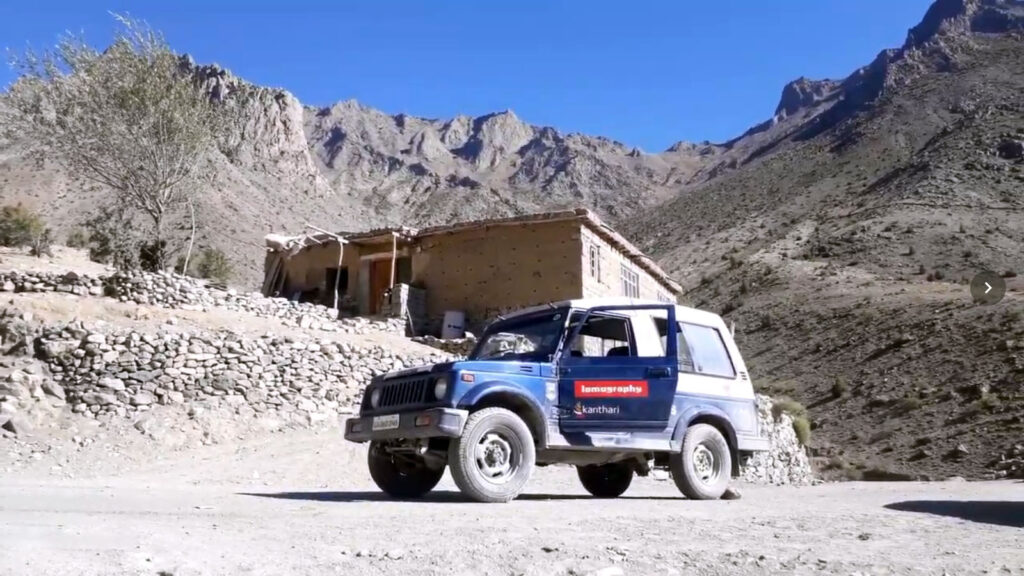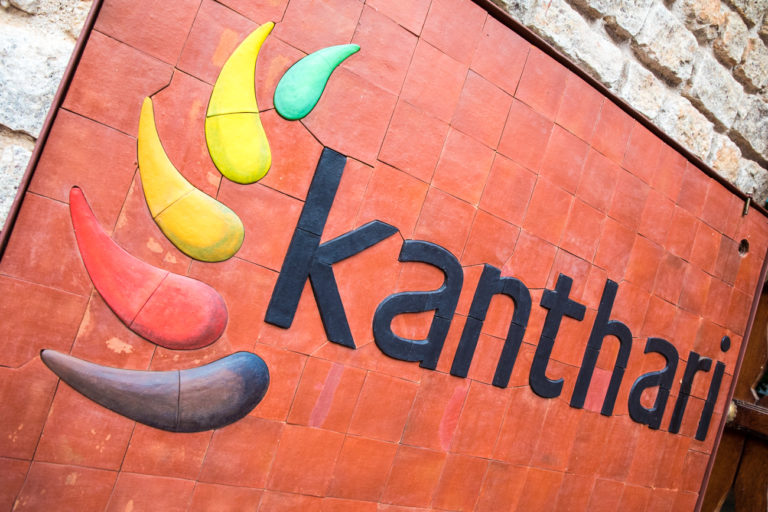Shoot what you want, and don’t care about the rules, and like or dislike your picture
Matthias Fiegl
I am always fascinated with Soviet and Post-Soviet Photographic equipment. They all have amazing stories and if you read, it’s like reading a Sherlock Holmes detective novels. This is the story of technology: Plagiarism, Piracy, and Profit and it is also a have romantic tale of how humble, cheap soviet era cameras became a retro cult classic, and showed film had a bright future and helped film photography being reinvented.
When we talk about photography equipment especially cameras and lenses, we only talk about and fixate on countries like Japan, Germany, Sweden, and the United States.
These countries made some of the most iconic cameras and all the brands like Asahi Pentax, Olympus, Contax, Nikon, Canon, Ricoh, Mamiya, Konica, Minolta, Bronica, Leica, Rollei, Agfa, Plaubel, Ihagee, Zeiss Ikon, Kodak, Argus, Polaroid, and Hasselblad. These photography cameras are synonymous with photography and are widely used by beginners, hobbyists, or professionals around the world.
But there is a dark-horse in the camera world; Soviet and Post-Soviet countries also have produced some great and truly unique photography equipment. Even though it is not widespread as the other country brands, soviet-era cameras and lenses are quite popular among the photographers for its peculiar quality images and comparatively inexpensiveness.
The Soviet photographic industry was born in a manner very different from that in Western society. Like in India now, Soviet had relied solely on foreign imported photographic cameras, paper and accessories. The Soviet camera industry emerged only during the late 1920s and early 1930s, a period of experiment and general social upheaval which followed the October 1917 Bolshevik Revolution and the ensuing civil war. The Union of Soviet Socialist Republics was officially created in 1923, Lenin died in 1924, and Stalin had begun his rise to power. The first Soviet cameras were produced during Stalin’s push for the industrial and economic transformation of Russia.
Soviet, made some of the iconic cameras starting from the 1920s like the Zenit 35mm SLR camera, created by the Krasnogorsk Mechanical Factory (KMZ) based out of a western suburb of Moscow. KMZ also made The Horizon a swing-lens panoramic camera, Zorki rangefinder camera, The Moskva a folding medium-format camera.
Apart from KMZ, the Soviets also owned and controlled many other camera manufacturers, they are Arsenal Factory in Kiev, Ukraine which produced the Kiev, LOMO factory the producers of Smena and BELOMO factory the creators of Chaika. The FED a rangefinder camera that was named after the factory Felix Edmundovich Dzerzhinsky (FED) and It is known as the Soviet Union’s first 35mm SLR camera.
A decade ago, I learned how to make Daguerreotype (The daguerreotype was the first commercially successful photographic process (1839-1860) in the history of photography) and I was looking for a cheap large format camera to practice, on a random Google search, I stumbled upon FKD which was in my budget so I bought this Soviet-era FK (aka FKD) 13X18 from an eBay seller.
It took a couple of months for eBay to deliver because the Indian customs office in Mumbai could not understand this object and its usage and they were confused about how to levy the customs duty on it.
With lots of emails and phone calls, its delivery was approved without levying any customs duty, and it was great.

This soviet era FKD camera is the only wooden field camera made in the Union of Soviet Socialist Republics (USSR). The FK cameras were in production for a long time, they started before World War II (WWII) and continued into the mid-1980s. They were made by various “furniture” factories in Kharkiv, Ukraine, The lens was the only known brand, and it was made by Kazan optical factory in Russia. The lens was Industar-51, 210mm f:4.5. There is no shutter, the exposure is done by replacing the lens cap (nice and heavy, with velvet lining). The FKD cameras were mostly used in photo studios for taking professional portraits and document pictures (passport, IDs, etc.).
With lots of good experience with this FKD camera (I have to search all the images that I have shot using this camera) I started to explore more about the cameras and photography equipment from Soviet and during this process I got quite fascinated by another beautiful camera from Leningrad and it is called,
Lomography
The name inspired by LOMO LC-A (Lomo Kompakt Automat) fixed lens, 35 mm film, leaf shutter, zone focus, a compact camera introduced in 1984 which was built by Soviet-era Leningrad by Leningradskoye Optiko-Mekhanicheskoye Obyedinenie (Leningrad Optical Mechanical Association) in short LOMO.
In October 2012, I had a great chance of meeting, Sally Bibawy, and Matthias Fiegl, co-founders of Lomographic Society International in Lomography HQ in Vienna and had great discussion and lot of wonderful and exciting information was shared. It was fascinating and surreal to know about their journey from LOMO to Lomography.
If you are interested to know, I strongly recommend reading about their adventure in creating one of the most loved camera brands in the world.
https://in.pcmag.com/lomokino/124879/lomographys-founders-look-back-on-25-years
On an added note very interesting piece of history is that both, Sally Bibawy and Matthias Fiegl successfully convinced the factory leadership and then Vice-Mayor of St. Petersburg Vladimir Putin to give original blueprints and allowing the Lomography to find a new factory in China to keep the camera’s production going.
After that meeting with the founders, I became a self-proclaimed ambassador of Lomography and made it part of all my activities in India.
When I decided to do this road trip Portrait of a Nation, a journey from Kanyakumari to Kargil, I wanted Lomography to be a part of it too.
I felt it would be great to shoot some part of the journey with famous Lomography cameras. I wrote them and as usual, without disappointing me they sent two lovely cameras to me.
Lomo’Instant Square Glass, impressive design and built quality instant photography camera and with lots of Fujifilm Instax Square, Film packs sent through TNT Express Courier company from the HQ, Vienna, Austria.

The Lomo’Instant Square is the first and only fully analogue instant camera on the planet Earth to produce Instax square pictures. It lets to capture the world in a powerful snapshot while the square frame paves the way for wacky compositions. With a 95mm glass lens (45mm equivalent) and an automatic mode that takes care of exposure.
With a foldable bellows design that keeps it compact and portable, the Lomo’Instant Square is a little instant camera perfectly adapted to capture Portrait of a Nation adventures.
The instant feature gave us the chance to share our photos instantly with our hosts and well-wishers along the route. Which created a special offline connect which is a cherishable and unforgettable experience.
Long Live Lomography
If you want to buy this beautiful, funky, fun and creative camera please visit Lomography international website
https://shop.lomography.com/en











